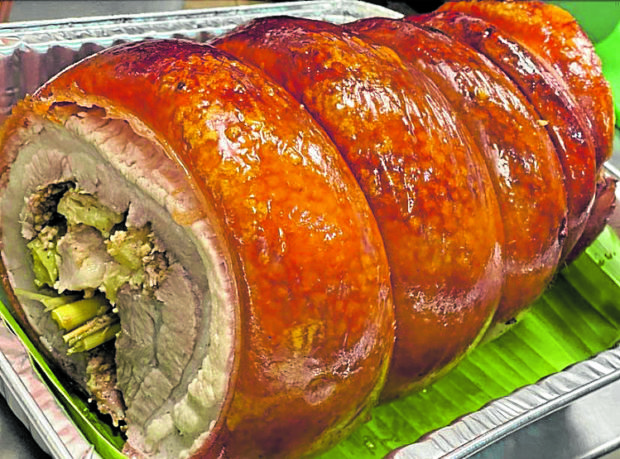
Gastrodiplomacy, or promoting a country through its food, is a task honed and perfected by countries like Japan, Thailand and Vietnam. Gourmands by now are familiar with sushi and tempura, pad thai and tom yam, banh mi and pho.
For many foreigners, however, Filipino food still borders on the “exotic” like balut and dinuguan, or is viewed as a vague culinary concept—one that is often lumped together with other Asian cuisines.
These perceptions haven’t stopped talented Filipinos based abroad from opening their own places and presenting their take on the food they grew up with.
Last week, four Filipinos based in the United States, Australia and France talked about their efforts to promote Filipino food abroad. They took part in a virtual talk for Asia Society Philippines’ Asian Culinary Exchange.
Paris-based Erica Paredes said she’s one of only two people doing Filipino food in the city right now.
“I was afraid before to experiment when cooking Filipino food because of what people might say, but our cuisine is very adaptable,” Paredes said.
With her access to a wide range of fresh produce, she began experimenting and using nontraditional ingredients to make her dishes.
“Now I’m no longer pressured to make them in an exact way before serving them to guests. I won’t force the issue about using the produce here. It’s fun for me, it works over here,” she said.
Sydney to DC
Luisa Brimble, a lifestyle and food photographer based in Sydney, Australia, said that she helps promote Filipino food Down Under by “including it in the daily conversation.”
“Filipinos are the third largest immigrant group in Australia—after Indians and Chinese—so many people are aware of Filipino food, although there are still some who think of balut or adobo when there’s any mention of our food,” said Brimble.
Javier Fernandez of Kuya Ja and Paolo Dungca of Pogiboy, both located in Washington, DC, don’t have a hard time selling their takes on Pinoy food because of the huge Filipino community living in the DMV (DC, Maryland and Virginia) area.
Fernandez, who grew up in Cebu, used to be his mother’s kitchen assistant and was in charge of cooking the rice for dinner. At Kuya Ja, his signature dish is crisp lechon belly that he flavors with assorted aromatics. He doesn’t find it difficult to sell his product because it’s like bacon or Italian porchetta.“Americans love their pork. There are a lot of barbecue joints here where they cook the whole hog but they usually discard the skin because they don’t get that crispiness we’re known for and that we’ve perfected,” Fernandez said.
Instead of offering a pages-long menu, he chose to focus mainly on lechon belly. It’s similar to how many of the restaurants in Japan feature only one item, whether it’s sushi, tempura, tonkatsu or sukiyaki.
Dungca, who hails from San Fernando, Pampanga, opted to present a mix at Pogiboy that includes Pinoy versions of fried chicken, spaghetti and burgers. The online menu lists tocilog (tocino, sinangag at itlog), now christened Pogi Loco or Loco Tocino, made with fresh Roseda beef or tocino patty, jasmine rice and a fried egg. There’s also a lechon kawali bowl, and adobo fried chicken Pogi Tenders with fried basil, cilantro and spicy banana ketchup.
“It’s been fun. It’s my way of expressing our food culture,” Dungca said.
Fernandez is more direct. “When customers come in, I tell them I don’t cook authentic Filipino food. I cook Filipino food my way using Maryland ingredients. That’s the way I promote it.”